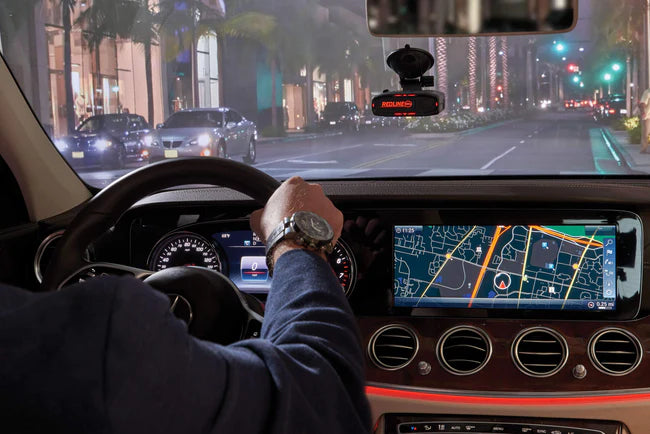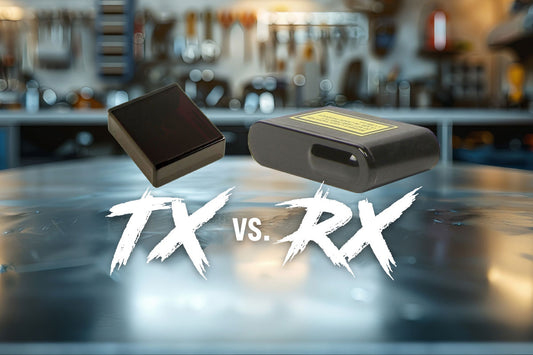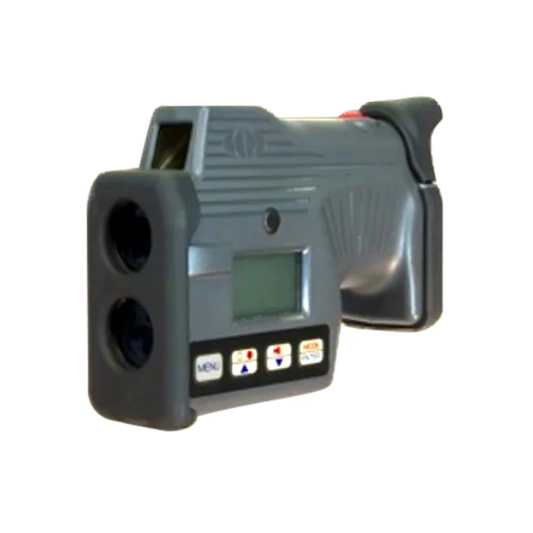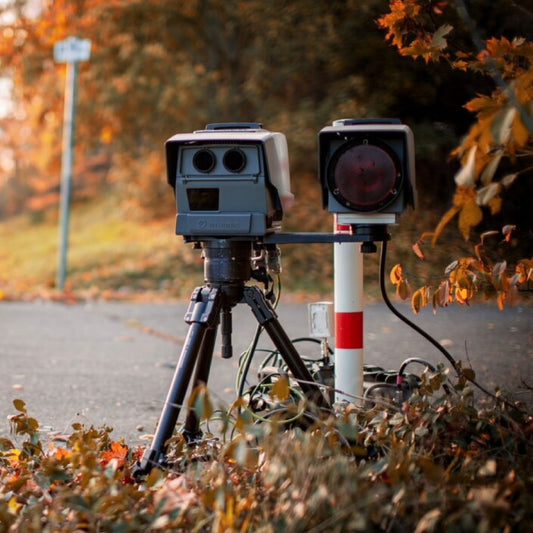Radar detectors are valuable tools for alerting you to the presence of speed enforcement, but there are occasions when they might not provide the warning you expect. Understanding why your radar detector didn't alert you when passing a police officer can help you optimize its performance. Here’s a comprehensive look into the common reasons and solutions.
Inactive Radar or LIDAR Use
One of the most common reasons radar detectors don't alert is that there is no radar used. Police don't always use radar. Sometimes, officers have their radar guns turned off as they patrol, only activating them when needed.
Additionally, if an officer uses LIDAR (laser), it's worth noting that:
- Narrow Beam: LIDAR operates with a very narrow beam, targeting specific vehicles. Your detector may not pick it up unless it's directly in the line of sight.
- Quick Detection: LIDAR readings can be taken in a fraction of a second, often before your detector can alert you.
Solution:
Consider using a radar detector with laser detection capabilities. However, remember that laser detection is challenging, and investing in laser shifters (jammers) could be beneficial where legal.
Range Limitations
Your radar detector's range can affect its ability to detect signals:
- Low-Power Radar: Some radar guns emit signals that are harder to detect over long distances or through obstructions.
- Geographical Challenges: Hills, curves, or corners can impede signal detection, resulting in short detection distances.
Solution:
Opt for a detector with excellent long-range capabilities and advanced sensitivity settings. Positioning the detector correctly can also enhance its performance.
Detector Settings
Incorrect settings can limit your radar detector's effectiveness:
- City vs. Highway Mode: City mode reduces sensitivity to prevent false alerts from automatic doors and other electronics, which might make it miss actual police radar.
- Sensitivity Adjustments: Certain settings might unintentionally lower your detector’s ability to pick up signals over greater distances.
Solution:
Switch between City and Highway modes depending on your driving environment. Refer to your device's manual to fine-tune settings for optimal performance based on where you're primarily driving.
Obstructions Affecting Detection
Physical barriers can prevent your radar detector from functioning correctly:
- Large Vehicles: Trucks or buses can block radar signals, preventing your detector from alerting you.
- Tint and Mounting Issues: Metallic window tints can obstruct signals, as can improper mounting that doesn't keep the device level and clear of obstacles.
Solution:
Ensure the radar detector is mounted high on your windshield with a clear straight-forward view. If your vehicle has metallic tinting, consider repositioning the device or opting for a lower mount beneath the tint line.
Final thoughts
Understanding why your radar detector might not alert you when passing a police officer is essential for maintaining its effectiveness. By fine-tuning your settings, ensuring proper mounting, and understanding the limitations of your equipment and environment, you can maximize your device's performance. Remember, while radar detectors are helpful tools, the safest approach is always to adhere to posted speed limits and road regulations.




